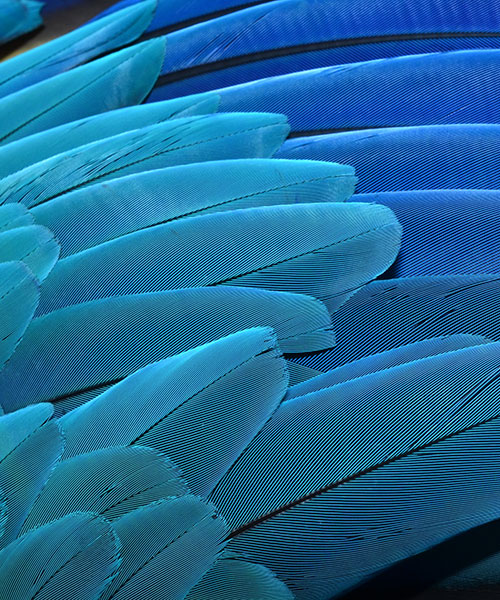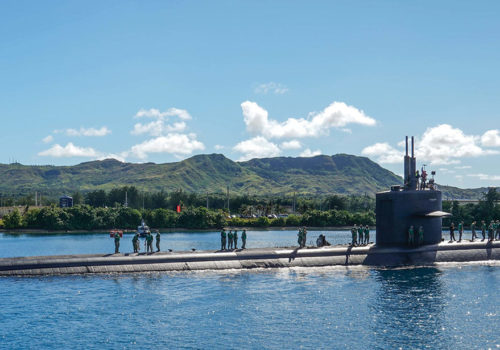
A bird wing allows a high degree of adaptation to ever-changing flight environments and conditions. Being able to emulate a bird wing in a MAV could provide a significant leap in the capability of micro air vehicles to prosecute ever more complex and difficult missions.
One approach to creating a bird-like wing for a MAV is through biomimicry. Through selective use of available engineering materials, architectures, and processes, and through biomimetic design, a bird wing, with planform shape and airfoil morphing was duplicated for a MAV. This ongoing effort will move development of a morphing MAV from operator radio controlled servo actuated morphing through to autopilot controlled piezoelectric actuated autonomous morphing.




